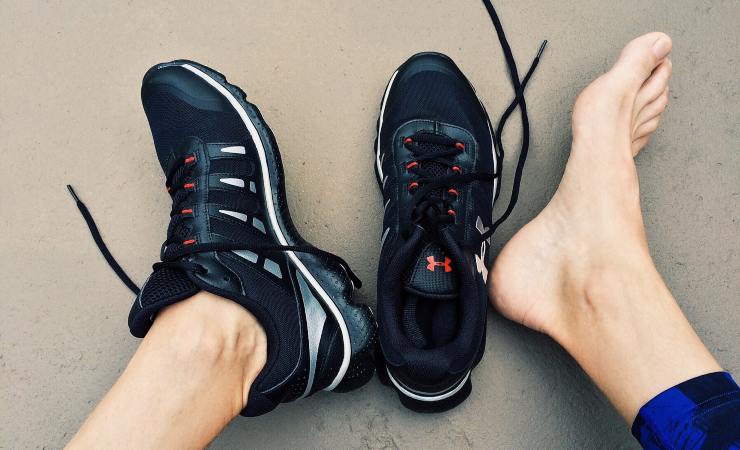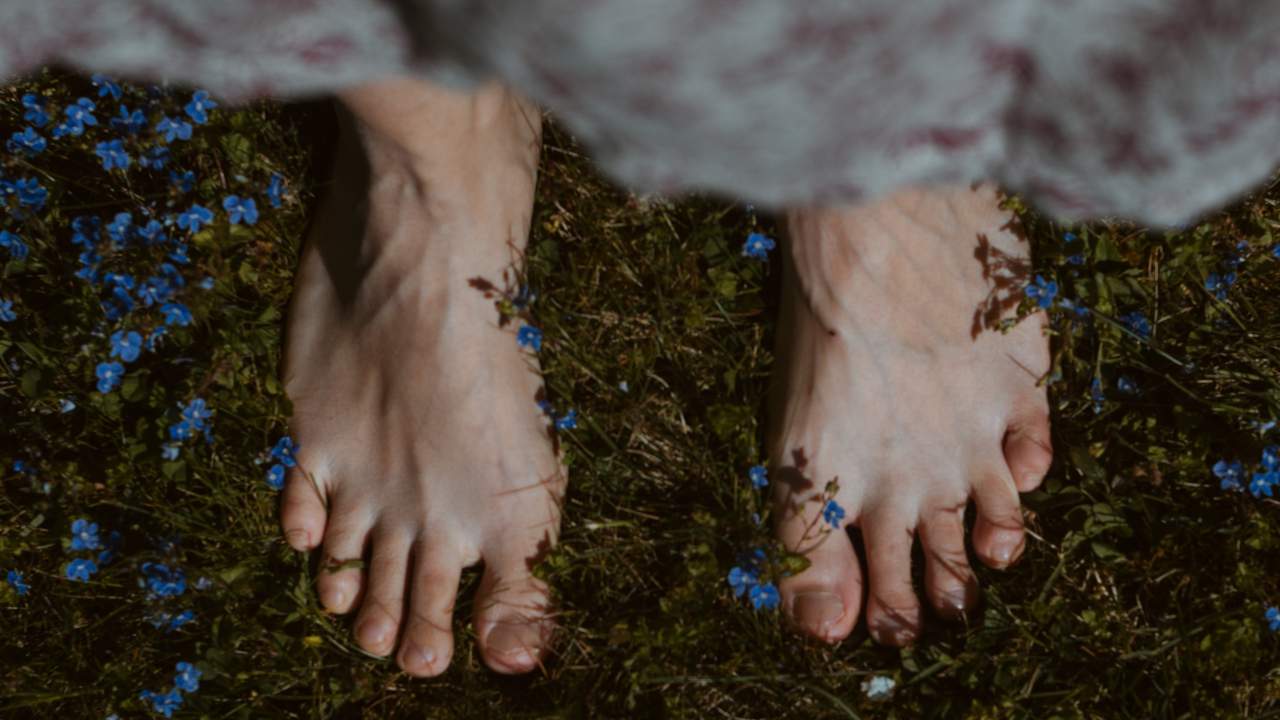Your feet also say a lot about your health and there are some signs you shouldn’t ignore. Here’s what to look out for.
THE MOST READ ARTICLES OF TODAY:
An average person takes 7,000 to 13,000 steps a day. Whenever you put a feet in front of the other, the amount of body weight is unloaded on these two small anatomical structures placed at the end of the legs. Over time, the arch of the foot settles, making the feet appear wider and longer. In addition, the padding on the sole of the foot thins and the ankles become stiffer with age.
To keep your feet healthy, you need to make sure:
- toenails are cut straight and not too short
- wear shoes that fit well and are comfortable.
- wash and check your feet every day.
You should contact your doctor if you notice any abnormalities affecting the feet as they can indicate serious health problems at the root.
Foot signals not to be ignored to stay healthy

Itching
And itch occasional is normal but if it gets to the point of wanting to scratch the skin on your feet, it’s time to see a doctor. Itching is an annoying sensation and occurs in the feet for various reasons, such as skin problems and diseases. It can be due to exposure to moisture and irritants, bacteria, fungi and viruses. Some of the most common problems that cause itchy feet are eczema, psoriasis, dry skin, athlete’s foot, and insect bites.
However, sometimes the itch is not just cutaneous. This is especially true if you suffer from diabetes. If blood sugar levels exceed the norm, itching is one of the body’s first warning signs. Diabetes often causes poor circulation, which also leads to itching and a higher chance of developing infections.
Burning
Also called burning feet syndrome or Grierson-Gopalan syndrome, is the feeling of having walked on hot coals. There are many causes and most require medical attention. A common cause is athlete’s foot, for example. Athlete’s foot is a condition caused by a fungus that grows in moist areas, including damp shoes and socks. Another condition that can cause this sensation is neuropathy, which is the damage or dysfunction of one or more nerves.
Ulcers that don’t heal
L’ulcer it is a sore that does not improve or that keeps coming back. Although anyone can develop it, it is more common in people with diabetes. Diabetic neurotrophic ulcers result from nerve problems and trauma to the legs and feet. Surrounded by calluses, these ulcers bleed and often appear on the heels. They start at the size of a pea and can grow to encompass the entire foot if left untreated.
Discoloration
The foot discoloration it can occur as a result of an injury. In addition to injuries, many other health conditions can cause the feet and fingers to change color. If cold or stress causes your feet to turn purple, it could be Raynaud’s disease. The color change is due to narrowing of blood vessels and reduced blood flow in the extremities. Once these return to their normal size, the color should return. Red, scaly feet can be an indication of vasculitis, a disease usually associated with lupus.
Deformity
The deformity of the foot are often caused by genetics and inadequate shoes. However, other medical conditions, including several types of arthritis and obesity, can also contribute to foot deformities. Regardless of the cause or type of deformity, the skin on the feet can become callused and painful without proper treatment. Also, the extra pressure on the tendons and muscles could cause strains and tears. In addition to foot pain, other parts of the body can also occur, such as the knees, back and hips.
Baldness in the toes
If you suddenly notice that the hair on your toes is gone, you should see a doctor about it bald big toe syndrome. While lack of hair on your toes may seem like a trifle, it could indicate a dangerous health problem known as peripheral vascular disease, or PAD. PAD arises from plaque that builds up in the arteries and reduces blood circulation.
Heel pain
Il heel pain it is often caused by wearing unsuitable shoes. Shoes that don’t fit well cause unnecessary stress on your feet. Other causes are obesity, standing for prolonged periods, arthritis, arch problems, bone bruises, Achilles tendonitis, bursitis, and sports that involve prolonged running and jumping. However, one of the most common causes remains plantar fasciitis.
Swelling
Although generally painless, the swelling in the feet is caused by a buildup of fluid called edema. One cause of foot swelling is a sedentary lifestyle, i.e. standing or sitting in one place for an extended period. Overweight or elderly people are also more prone to swelling. Finally, hormonal fluctuations, especially during pregnancy, cause swelling.
Discolored or bruised toenails
Discolored nails are caused byonychomycosis, a fungal infection, which is generally harmless. Injuries, such as tripping, falling on something, and shoes that are too tight, can also cause trauma to the toenails. When this happens, it is often accompanied by a purple bruise that changes color over time to brown or black. People with diabetes are more prone to fungal infections and toenail trauma due to slowed circulation.
